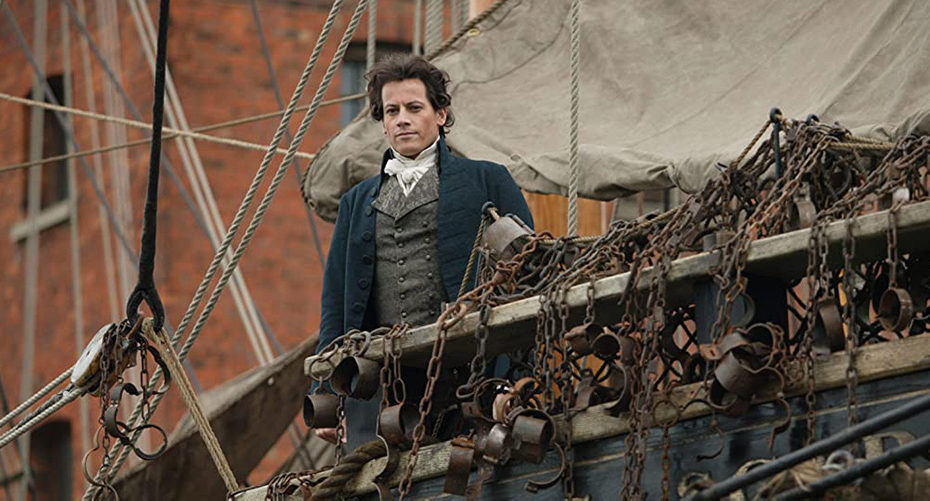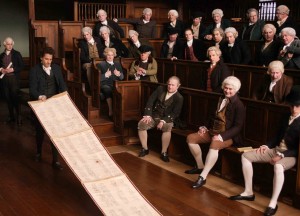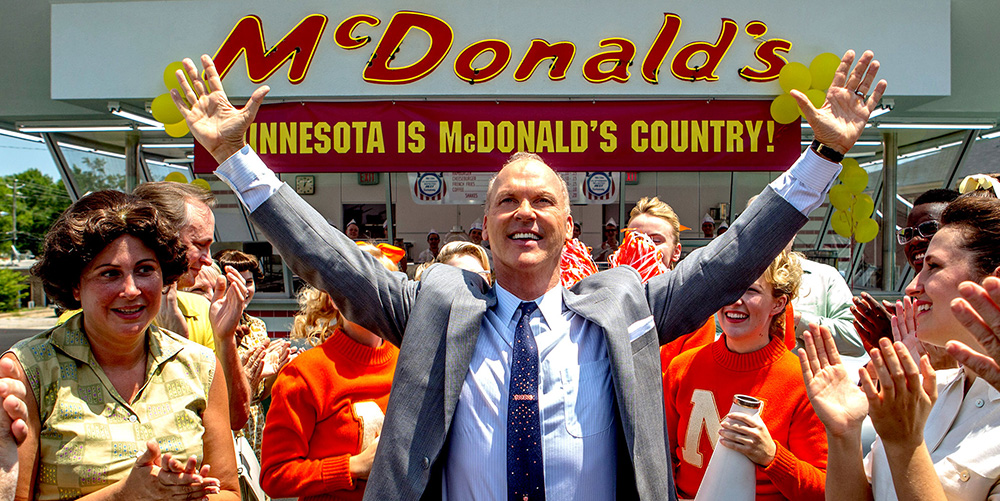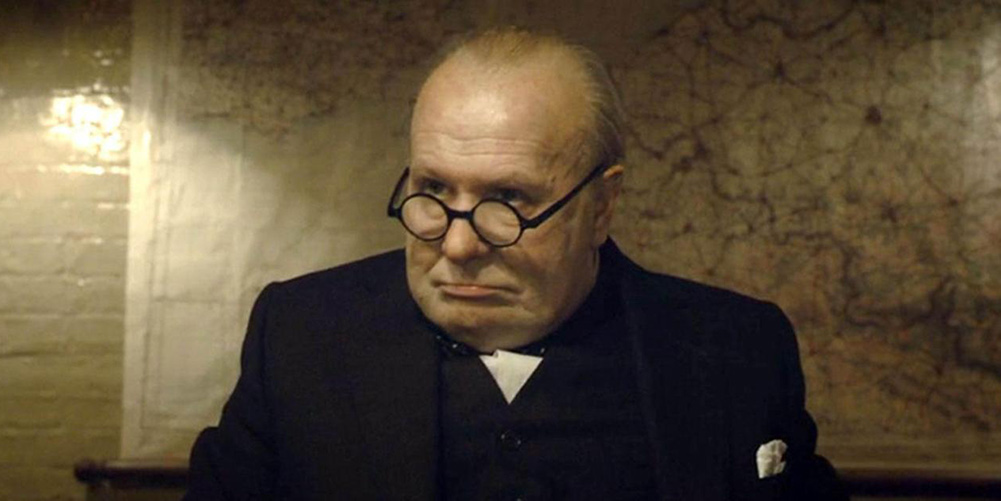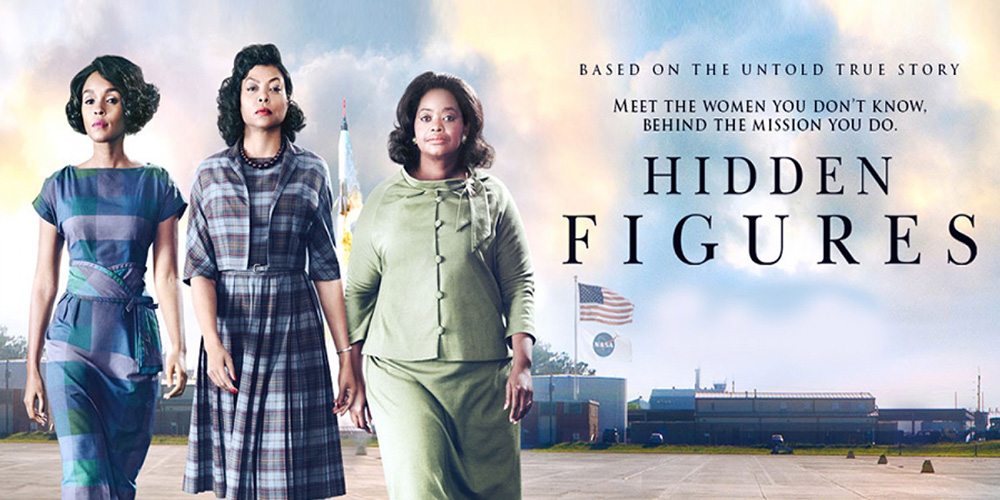Change is at the heart of leadership. And making a compelling case for change is essential. But what if people are happy with how things are, and don’t see the need for change?
That’s the situation faced by British politician William Wilberforce and his abolitionist colleagues in the late 1700s, a story outlined in Amazing Grace. At that time, many believed that Britain’s wealth was inextricably linked to the slave trade. Anyone mooting the idea of abolition was treated with contempt.
How do Wilberforce and his colleagues build a movement powerful enough to overthrow such powerful commercial interests?
Make the change real
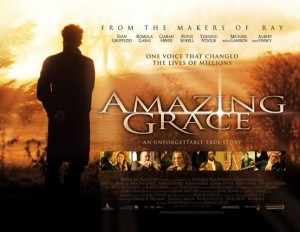
John Kotter’s 8 step process for managing change highlights the importance of making the case for change as vivid as possible.
When they begin, many of Britain’s middle and upper classes are unaware of the inhuman conditions that slaves have to suffer. Wilberforce and his team use powerful tactics to force people to take notice.
- On their initial visit to Wilberforce’s home, abolitionist Thomas Clarkson produces the actual irons and chains used to incarcerate slaves on their long sea voyages. To emphasise the point, former slave Olaudah Equiano reveals the branding scar on his chest.
- Wilberforce makes up a coffin-like box to demonstrate the tiny space slaves must occupy during a voyage.
- Equiano and former ship owner John Newton both write vivid memoirs of their experiences, using the power of story to provoke an emotional response – a key aspect in moving people to action.
- Wilberforce diverts a party of dignitaries on a pleasure cruise to a recently docked slave ship. Just 200 of the 600 slaves had survived the voyage, and the stench of death still lingers in the air.
In a powerful demonstration of popular support for abolition, Wilberforce unrolls an enormous petition across the floor of Parliament. He then reveals his most influential and unexpected supporter, Charles Fox, and invites him to add his name to the document.
- A Fairtrade-style movement of merchants selling ‘only sugar grown by free men’ helps to show grassroots support for abolition.
Have patience
In the beginning, the odds against Wilberforce are stacked high. Taking on ‘300 MPs in the pockets of the slave trade’, his first abolition bill receives just 16 votes in favour.
As the campaign builds, abolition continues to build wide political support until fears of revolution, and the war with France, scupper any immediate hopes of success.
Wilberforce feels he has failed. But he has prepared the ground for change by turning popular opinion against slavery.
Widen your options
Despite Wilberforce’s success in raising awareness of the slavery issue, it takes some ‘out of the box thinking’ to land the decisive blow.
In their new book, ‘Decisive’, Chip and Dan Heath show how many people’s decision making is locked into ‘narrow framing’ – the tendency to look at issues in an either/or manner.
Wilberforce and his colleagues approach their issue in this way, presenting parliament with the choice of either abolishing slavery, or keeping it. Despite their best efforts, it’s a step too far for politicians on the payroll of wealthy merchants, or for those who fear Britain’s commercial wealth will crumble without the slave trade to prop it up.
Only when lawyer James Stephen returns from the plantations with a new suggestion do they consider an alternative. Can they achieve the same ends, but with a different approach?
Stephen’s plan to introduce a bill to ban British subjects from aiding or participating in trade to the French colonies is quickly passed. This has the effect – unforeseen by those voting it through – of crippling 80% of the slave trade almost overnight. Passing the slave trade abolition bill suddenly becomes much easier.
It’s an approach similar to the FBI’s conviction of Al Capone for tax evasion rather than for more heinous crimes. Thinking widely around the problem often reveals different ways to achieve the same ends.
